Celtic shoes
A fairly large number of Celtic leather shoes were found. Most of the finds are not particularly refined, apparently they were intended for everyday wear, but there are also elaborately decorated samples. The shoes were practical and easy to make. Men's and women's shoes didn't differ much from each other.
The structure of the samples found is sometimes quite different from each other. The most common type of footwear, which was probably worn by representatives of all classes of Celtic tribes, from warriors to civilians, is closed leather shoes.
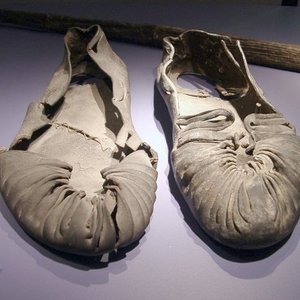 Leather shoes from the National Museum of Antiquities. (Leiden)
Leather shoes from the National Museum of Antiquities. (Leiden)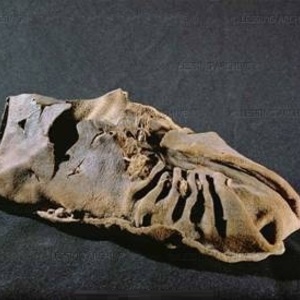 Leather shoes. National Museum of History in Vienna, Austria. Hallstatt, 8th-3rd centuries BC
Leather shoes. National Museum of History in Vienna, Austria. Hallstatt, 8th-3rd centuries BC 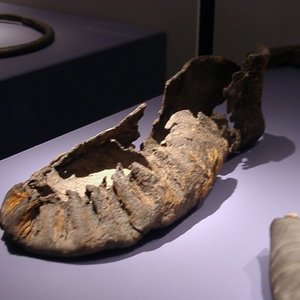 Leather shoes from the National Museum of Antiquities. (Leiden)
Leather shoes from the National Museum of Antiquities. (Leiden)
There were also more complex variations of both closed footwear, like calceus boots, and semi-closed footwear with decorative perforations on the upper part. The soles could be attached with small shoemaker's nails.
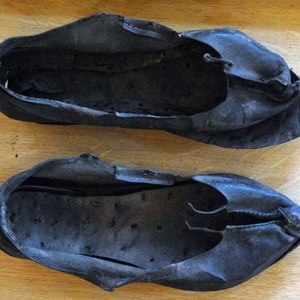 Leather shoes. Martres de Veyre. 2nd century BC
Leather shoes. Martres de Veyre. 2nd century BC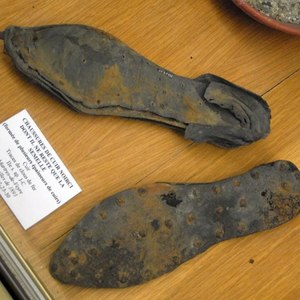 Leather shoes. Martres de Veyre. Inv. 987-23-30. Second century BC
Leather shoes. Martres de Veyre. Inv. 987-23-30. Second century BC
Related topics
Celts, Calcei, Socks, Caligae,
Gallery
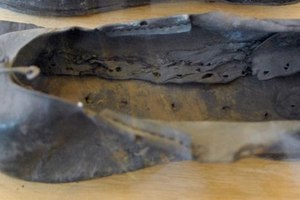 Leather shoes. Martres de Veyre. 2nd century BC
Leather shoes. Martres de Veyre. 2nd century BC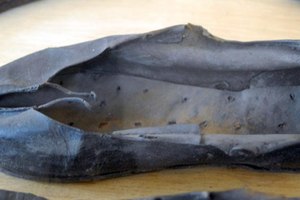 Leather shoes. Martres de Veyre. 2nd century BC
Leather shoes. Martres de Veyre. 2nd century BC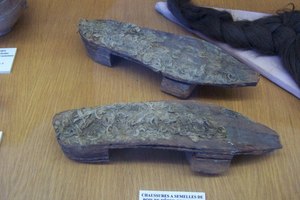 Wooden shoes. Martres de Veyre. Inv. 9878-23-36. Second century BC
Wooden shoes. Martres de Veyre. Inv. 9878-23-36. Second century BC 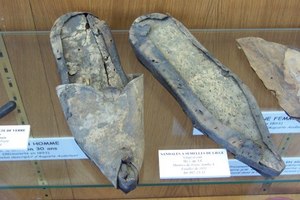 Celtic shoes. 2-1 century BC
Celtic shoes. 2-1 century BC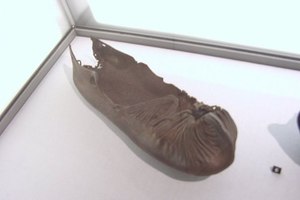 Leather shoes from Drentsmuseum. Holland. 160 BC-220 AD
Leather shoes from Drentsmuseum. Holland. 160 BC-220 AD 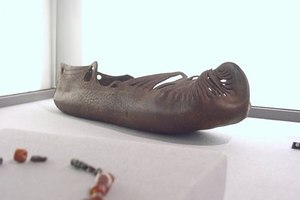 Leather shoes from Drentsmuseum. Holland. 160 BC-220 AD
Leather shoes from Drentsmuseum. Holland. 160 BC-220 AD 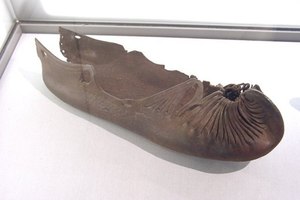 Leather shoes from Drentsmuseum. Holland. 160 BC-220 AD
Leather shoes from Drentsmuseum. Holland. 160 BC-220 AD 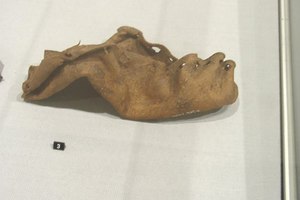 Leather shoes from Drentsmuseum. Holland. 160 BC-220 AD
Leather shoes from Drentsmuseum. Holland. 160 BC-220 AD 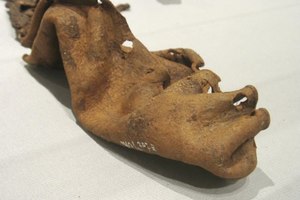 Leather shoes from Drentsmuseum. Holland. 160 BC-220 AD
Leather shoes from Drentsmuseum. Holland. 160 BC-220 AD 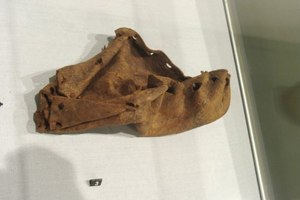 Leather shoes from Drentsmuseum. Holland. 160 BC-220 AD
Leather shoes from Drentsmuseum. Holland. 160 BC-220 AD 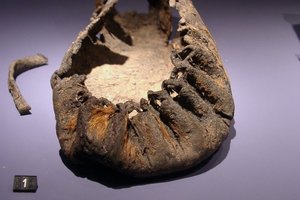 Leather shoes from the National Museum of Antiquities. (Leiden)
Leather shoes from the National Museum of Antiquities. (Leiden)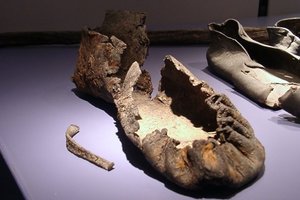 Leather shoes from the National Museum of Antiquities. (Leiden)
Leather shoes from the National Museum of Antiquities. (Leiden)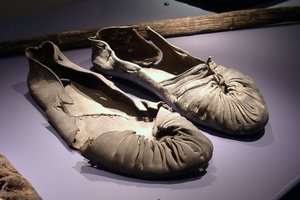 Leather shoes from the National Museum of Antiquities. (Leiden)
Leather shoes from the National Museum of Antiquities. (Leiden)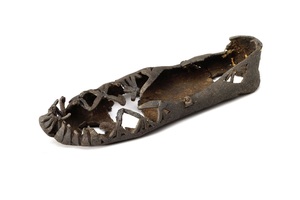 Shoes from Arnitlund. National Museum of Denmark
Shoes from Arnitlund. National Museum of Denmark

 Gallery
Gallery



























